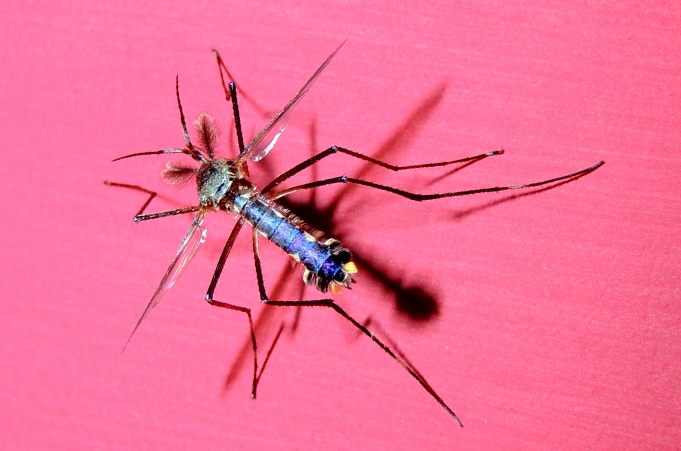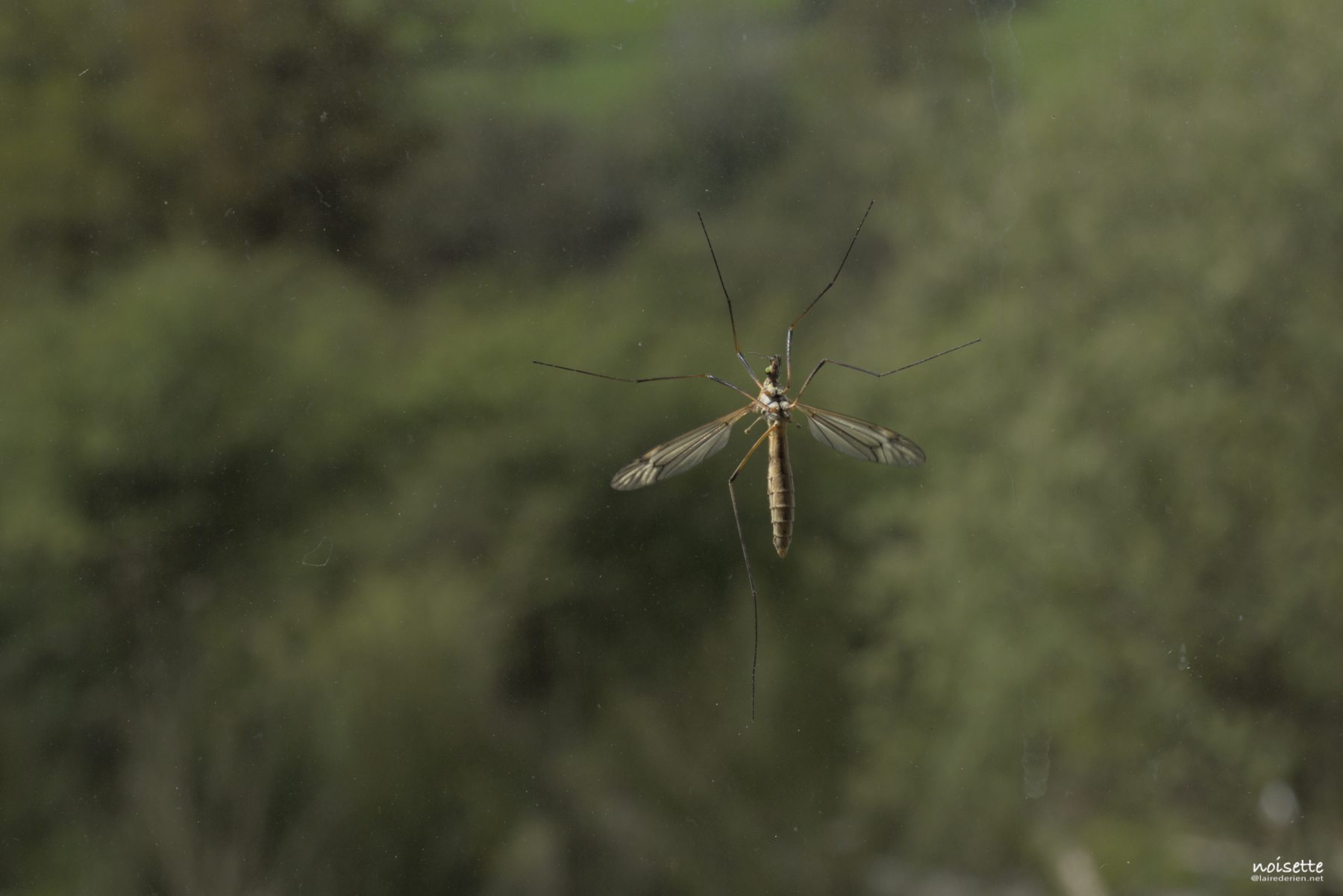GMOs : when mammoths are Trojan horses
The rampant industrialisation of our environment over the past century has led to the disappearance of many living species. This sixth mass extinction is the first one specifically attributed to human action. In the face of this observation, several political and scientific approaches have been proposed, which do not tackle the causes but try to repair the damage, such as « de-extinction ».
The demiurgic idea of reviving extinct species is not new. As early as the 1920s, biologists tried to revive the aurochs, the ancestor of our bovine cattle, by crossing domestic “rustic” breeds. More recently, cloning has been attempted. A Pyrenean ibex was born (the last specimen of which disappeared in 2000) [1], which survived for only a few minutes [2] The new strategy involves genetic modification and synthetic biology. The most popular project is the resurrection of the woolly mammoth by the company Colossal Biosciences.
From a technical and ethical point of view, this project raises many questions. But above all, as Teri Herridge, a biologist and researcher, in particular at the Natural History Museum in London, points out to Inf’OGM, “it is not about « de-extinction » of the woolly mammoth. It’s about creating a chimeric species from the gene pool of the Asian elephant and the woolly mammoth. If Asian elephant stem cells are used, there will also be Asian elephant mitochondria. And if African elephant mothers are used for gestation, African elephant epigenetics will also play a role“ [3]. All the biological phenomena other than those concerning genomes or epigenomes that make up life at all its scales are forgotten . Colossal Biosciences is also interested in the Tasmanian tiger. This marsupial wolf was heavily hunted by the Europeans after the colonisation of the island of Tasmania, and the last of them died in Hobart Zoo, Tasmania, 86 years ago.
Reviving or preventing species extinctions ?
Colossal Biosciences argues that the method currently being developed for the woolly mammoth could be applied to other endangered species today, to help prevent their extinction. But the scientists involved in the fight against species extinction fear that funding such high-profile operations will undermine more traditional conservation efforts. They argue that with the same amount of money, traditional efforts could save up to eight times as many species.
The current work on the woolly mammoth or the Tasmanian tiger may also hide less laudable interests. For example, the CIA, through its venture capital company In-Q-Tel, has decided to invest heavily in the company Colossal Biosciences. On 20 September 2022, two In-Q-Tel officials stated : “From a strategic point of view, it’s less about mammoths than it is about capabilities“ [4]. The mammoth is therefore just a Trojan horse to facilitate social acceptance, claim the idea that biotechnology can do anything, and reap dividends to advance research that will be used for other purposes, such as agriculture, bioweapons, transhumanism, etc.










